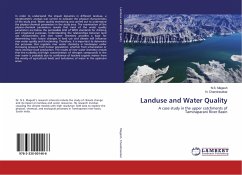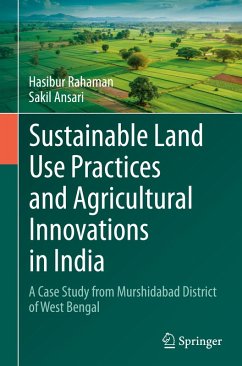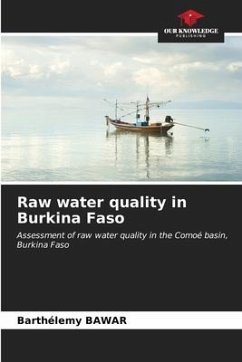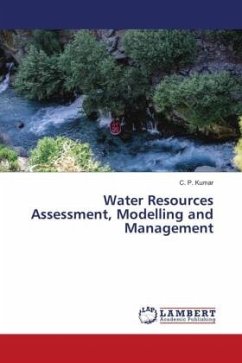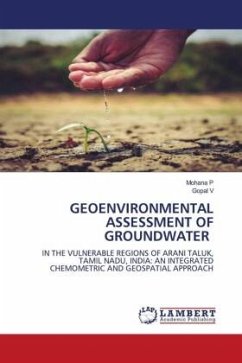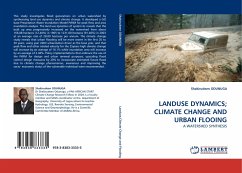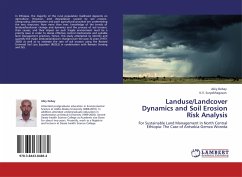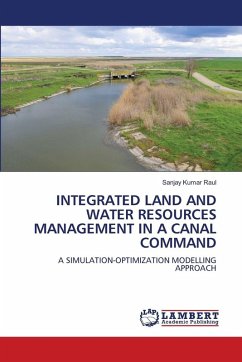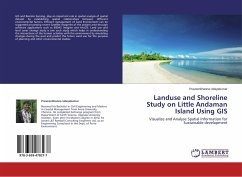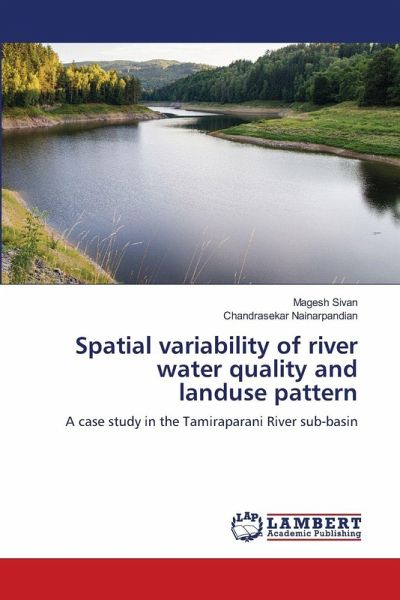
Spatial variability of river water quality and landuse pattern
A case study in the Tamiraparani River sub-basin
Versandkostenfrei!
Versandfertig in 6-10 Tagen
29,99 €
inkl. MwSt.

PAYBACK Punkte
15 °P sammeln!
As human population and economic growth are stressing the region's natural resources especially the water resources, future availability of adequate supplies of freshwater for human and agricultural needs may become critical in many regions. In the past few decades, rapid population growth and increased land utility become a potential threat to water resources due to land use/land cover changes. The quality of surface water in a basin is influenced by its lithological characteristics and land-water interaction. The geochemical variations in these water resources are directly related to natural...
As human population and economic growth are stressing the region's natural resources especially the water resources, future availability of adequate supplies of freshwater for human and agricultural needs may become critical in many regions. In the past few decades, rapid population growth and increased land utility become a potential threat to water resources due to land use/land cover changes. The quality of surface water in a basin is influenced by its lithological characteristics and land-water interaction. The geochemical variations in these water resources are directly related to natural (climate, vegetation, soil, rock materials and rainfall) as well as anthropogenic factors (agriculture, pollution, and recreational activities) occurring on a basin scale. The tradeoff between land dynamics and water resource management can help to understand the nutrient and sediment load reduction in a basin. In this scenario, the water quality issue in the Tamiraparani River has not yet got its due importance in terms of drinking and agricultural purposes. A comprehensive water quality monitoring program is indispensable to assess the water quality status of this perennial river.



